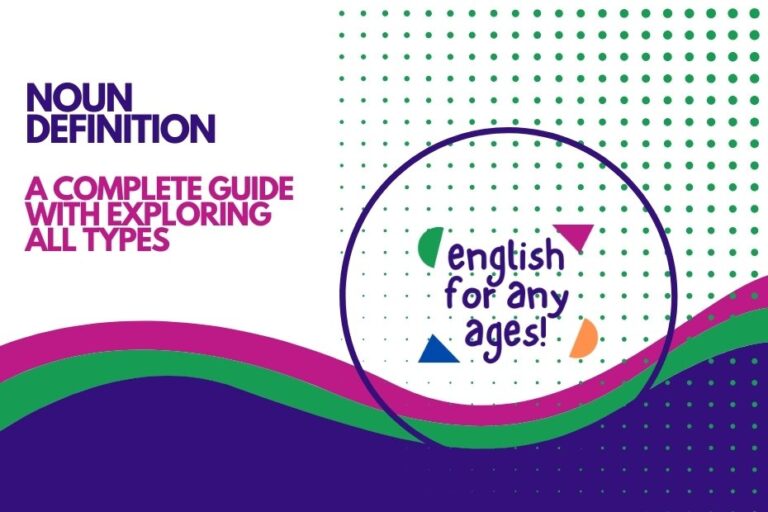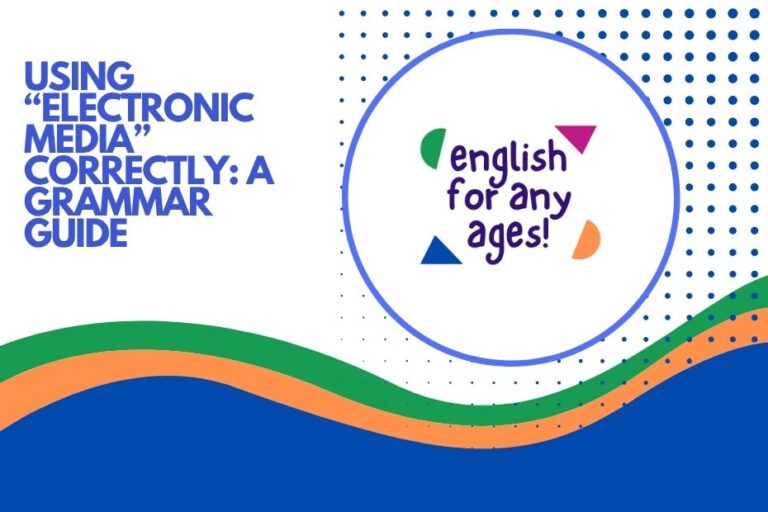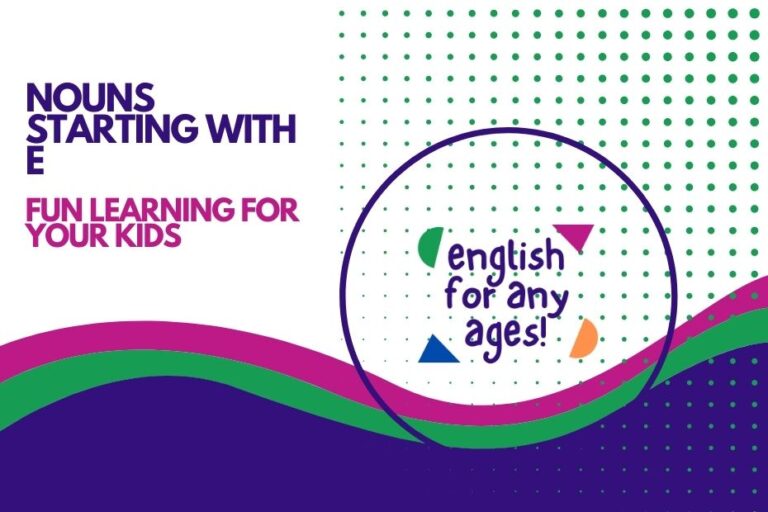Sentences with Proper Nouns and Common Nouns
Sentences with Proper Nouns and Common Nouns help us name people, places, and things in different ways. Proper nouns give specific names, like “John” or “Paris,” while common nouns refer to general items, like “dog” or “city.”
Understanding these nouns will help you write better sentences and improve your reading skills.
How this guide can benefit kids:
- Learn the difference between Proper Nouns and Common Nouns.
- Improve sentence writing skills.
- Enhance reading and understanding of nouns.
The article discusses examples of sentences with Proper Nouns and Common Nouns.
What is a Common Noun?
A common noun is a word that refers to a general person, place, thing, or idea. It is not specific and is not capitalized unless it starts a sentence.
Examples include “dog,” “city,” and “book.” Common nouns can be countable or uncountable.
Purposes of Common Nouns
- They name general items, places, and people.
- Help categorize objects in language.
- Aid in communication by describing familiar things.
- Provide clarity without specifying individual names.
- Ensure everyday language is easy to understand.
Characteristics of Common Nouns
- They are not capitalized unless at the start of a sentence.
- Represent broad categories or classes of objects.
- Can be singular or plural, depending on context.
Examples of Common Nouns
Examples of Common Nouns
| Noun | Example | Explanation |
|---|---|---|
| Dog | dog and cat | Common nouns for animals, not specific breeds or names. |
| City | city of London | General place names, with London as a specific example. |
| Book | book and pen | Refers to general items, not particular titles or brands. |
| Teacher | teacher and student | Common terms for educational roles, not specific individuals. |
| Food | food and drink | Broad terms for substances consumed, not specific items. |
Importance of Common Nouns
- They allow for general conversation about people and objects.
- Simplify language, making it accessible to everyone.
- Serve as a foundation for more specific nouns in communication.
In conclusion, common nouns play a key role in everyday language, helping us describe general concepts without being specific, making communication clear and accessible to all.
What is a Proper Noun?
A proper noun is a specific name used for an individual person, place, or organization. It always begins with a capital letter to distinguish it from common nouns.
Proper nouns refer to unique entities and are used to identify particular items or things in contrast to general or common terms.
Purposes of Proper Nouns:
- Identify specific people, places, or things.
- Differentiate unique entities from general items.
- Help provide clarity in communication.
- Allow for precise references in conversations and writing.
- Indicate ownership or association with particular items.
Characteristics of Proper Nouns:
- Always start with a capital letter.
- Refer to unique or specific items.
- Can represent names of people, cities, brands, etc.
Examples of Proper Nouns
Examples of Proper Nouns
| Noun | Example | Explanation |
|---|---|---|
| Person | John and Alice | Specific names of people, distinct from generic terms like ‘man’ or ‘woman.’ |
| Place | Paris and New York | Names of specific cities, not referring to generic places like ‘city’ or ‘town.’ |
| Company | Apple and Google | Refers to unique companies, as opposed to general terms like ‘company’ or ‘brand.’ |
| Event | Olympics and World Cup | Names of specific global events, not general terms like ‘competition.’ |
| Holiday | Christmas and New Year’s Eve | Specific holidays, as opposed to generic terms like ‘festival’ or ‘celebration.’ |
Importance of Proper Nouns:
- Ensure clear identification of specific entities.
- Help distinguish between similar names or objects.
- Enhance communication by referencing unique subjects.
Proper nouns play a crucial role in language by clearly identifying unique people, places, or things. They help differentiate between generic and specific entities, improving clarity in both writing and conversation.
Sentence Example of Common Noun
Here are sentences featuring common nouns, with the common nouns underlined to emphasize their general references to people, places, or things.
Sentence Example of Proper Noun
Below are sentences containing proper nouns, with the proper nouns underlined to highlight their specific references to people, places, or things.
Common and Proper Noun in a Sentence
A sentence can include both common and proper nouns. In such cases, the proper noun adds specific details about the person, place, or thing mentioned by the common.
In the below sentences, we showed the Common noun in ORANGE and Proper noun and GREEN.
Sum Up
learning about Sentences with Proper Nouns and Common Nouns is fun and important. By practicing the examples in this guide, you’ll get better at using these nouns in your own sentences.
If you find anything tricky or need help understanding the examples, don’t hesitate to leave a comment or send us an email. We’re always happy to help you clear up any confusion. Keep practicing, and you’ll be a noun expert in no time!





